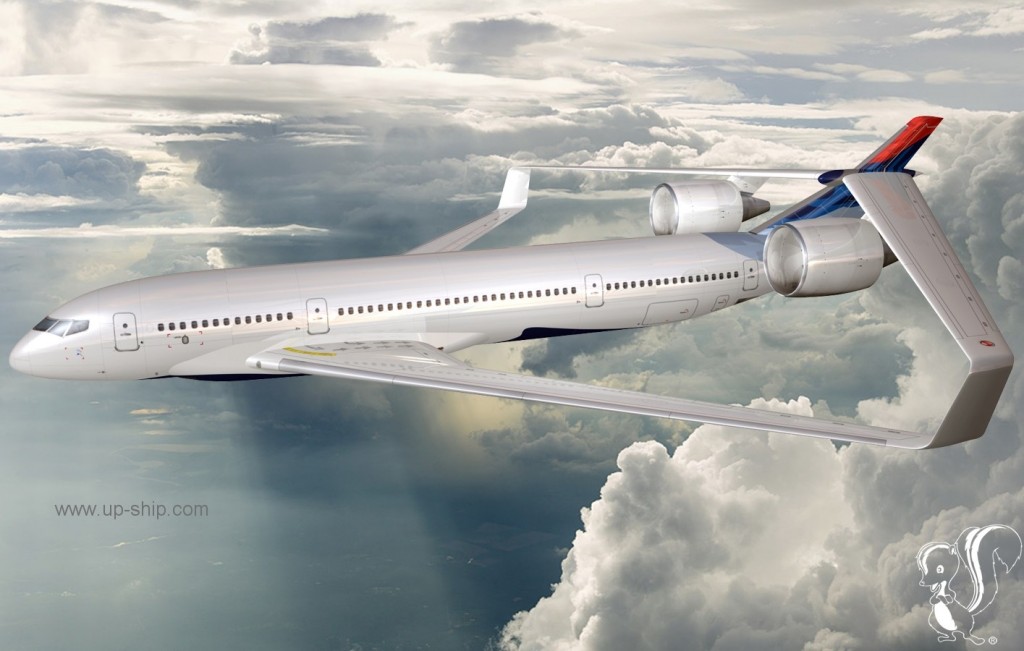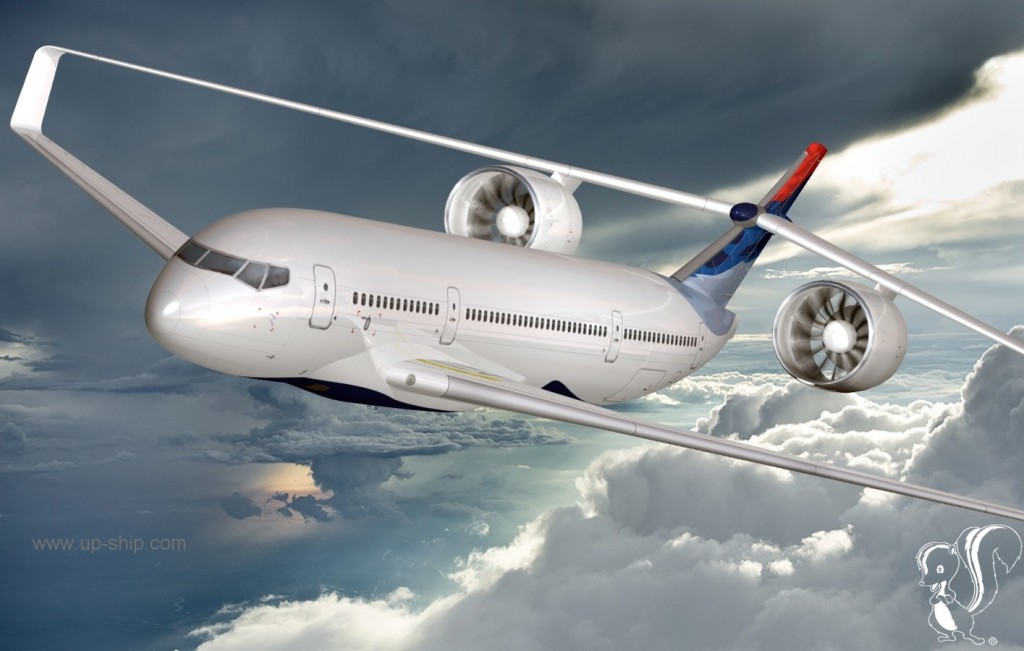In recent decades, the first “A” in NASA – “Aeronautics” – has received the short end of the attention and funding stick. At the same time, aeronautics has not exactly leaped forward. Feel free to draw a link, or conclude that “correlation does not equal causation.” Whichever makes you happy.
Still, NASA has been pushing industry a little bit in the last few years for advanced jetliner ideas. Mostly the goal is for low fuel-cost airliners; in order to be more PC, these are being sold more for their supposed environmental friendliness than their lower cost of operation. In any event, the designs have included not only alternate fuel designs (such as hydrogen) but even all-electric jetliners… whopping great battery packs which would be swapped out between flights rather than conventional refueling operations.
Lockheed has been working on this as well as Boeing. While Lockheed hasn’t built an airliner since the L-1011, they’ve retained some interest in SST’s, occasionally cranking out a design for a large passenger jet or a small corporate jet. But the economic collapse and the increased price of oil have pretty much put the kibosh on those plans. But they’ve also produced artwork for subsonic designs. While diagrams and good technical data have so far evaded me, some art is available showing a high efficiency subsonic concept. The future is entirely conventional in appearance, but box wings of high aspect ration have replace the conventional wing and tail. Suspended from the aft wing are turbofan engines of extremely high bypass ratio. The result should be a design with impressive fuel economy.
Note that the wings on this jetliner have unusually high aspect ratios (i.e. they’re “skinny”). High AR wings are more efficient. But high AR wings are also structurally weak, prone to simply snapping off. The “box wing” arrangement allows the aircraft to have two high AR wings joined at the tip, making them much, much more structurally sound. Plus, the vertical surface at the tip serves as a tip-fin, increasing efficiency further.
Example: take a wood or aluminum yard stick. A very “floppy” structure. Now take two and tape the ends together, like the box wing. Hold the other ends apart and fix then to another piece of wood or some such (replicating the fuselage). If you mount one yardstick low and the other high – like the box wing – you’ll find that this is a surprisingly rigid structure.
This post originally appeared HERE.

